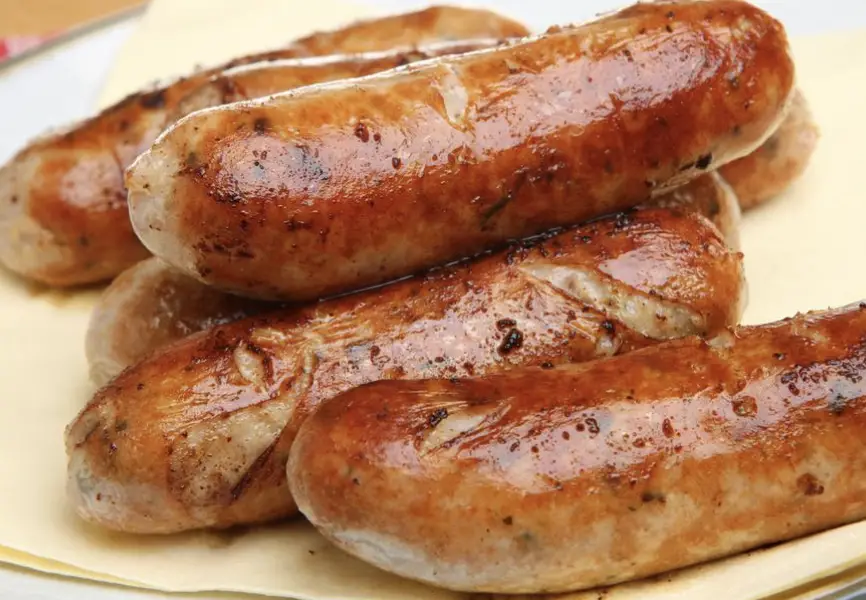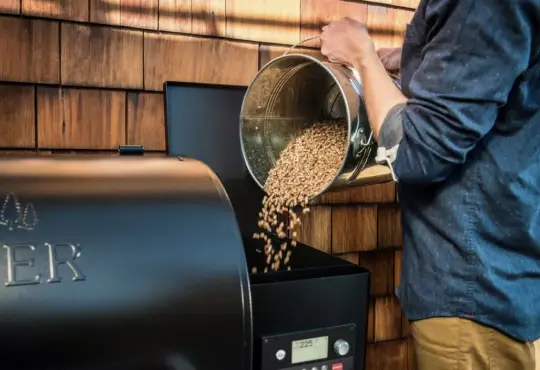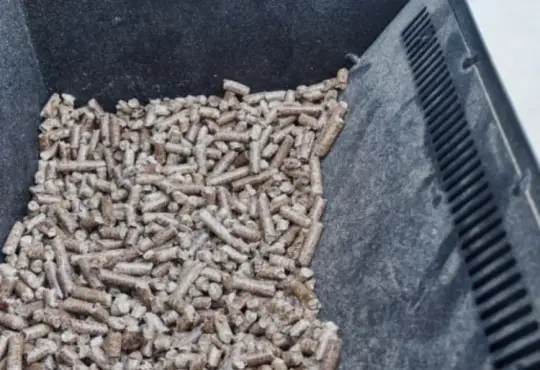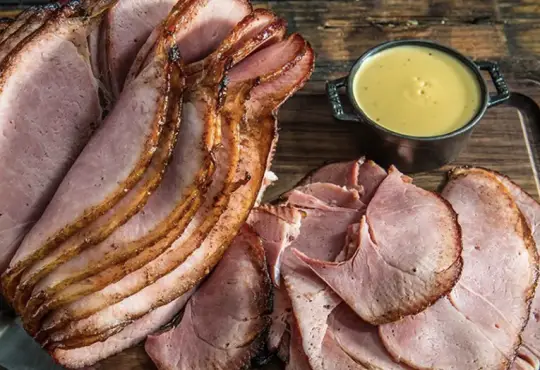
How to Fix Tough Sausage Casings: Tips for a Perfect Bite
Sausages are a versatile and flavorful addition to many meals, whether grilled, pan-fried, or cooked in various dishes. However, encountering tough sausage casings can be a disappointment, as they can make the eating experience less enjoyable. If you’ve ever wondered how to fix tough sausage casings and ensure that your sausages are a pleasure to bite into, this blog post is here to help. We’ll provide you with valuable tips and techniques to make sure your sausages are deliciously tender.
1. Proper Cooking Technique:
Tough casings can result from incorrect cooking techniques. Overcooking or cooking at excessively high temperatures can cause the casings to become tough and chewy.
Solution: Cook sausages over medium heat to allow them to cook through without causing the casings to become overly tough. Avoid direct high heat, which can cause the casings to blister and harden.
2. Pricking the Sausages:
Pricking sausages with a fork or knife while cooking is a common practice, as it helps release excess steam and prevents the casings from bursting. However, excessive pricking can lead to the casings becoming dry and tough.
Solution: Limit the number of times you prick the sausages while cooking. A few well-placed pricks are sufficient to prevent bursting without compromising the texture of the casings.
3. Soaking Before Cooking:
Soaking sausages in warm water before cooking can help soften the casings and prevent them from becoming too tough during cooking.
Solution: Submerge the sausages in warm water for about 15-20 minutes before cooking. This can help relax the casings and promote even cooking.
4. Simmering Method:
Simmering sausages in liquid before grilling or pan-frying can help ensure that the casings remain tender and flavorful.
Solution: Gently simmer the sausages in a flavorful liquid (such as broth or beer) for about 10-15 minutes. This can help soften the casings before finishing them on the grill or in a pan.
5. Slow Cooking:
If you’re cooking sausages as part of a slow-cooked dish, such as a stew or casserole, the casings have more time to soften and become tender.
Solution: If you’re preparing sausages in a slow-cooked dish, you’re less likely to encounter tough casings. The extended cooking time allows the casings to break down and become more palatable.
6. Choose Quality Sausages:
High-quality sausages often have casings that are more tender and enjoyable to eat. Low-quality sausages may have tougher casings that are harder to fix.
Solution: Opt for sausages from reputable sources that prioritize quality. These sausages are more likely to have casings that are tender and easy to enjoy.
In Conclusion:
Tough sausage casings can put a damper on an otherwise delicious meal. By following these tips and techniques, you can prevent tough casings and ensure that your sausages are a delight to bite into. From proper cooking techniques to pre-soaking and choosing quality sausages, these strategies will help you enjoy sausages with casings that are tender, flavorful, and thoroughly enjoyable. So, the next time you prepare sausages, you can look forward to a fantastic dining experience with each bite.






